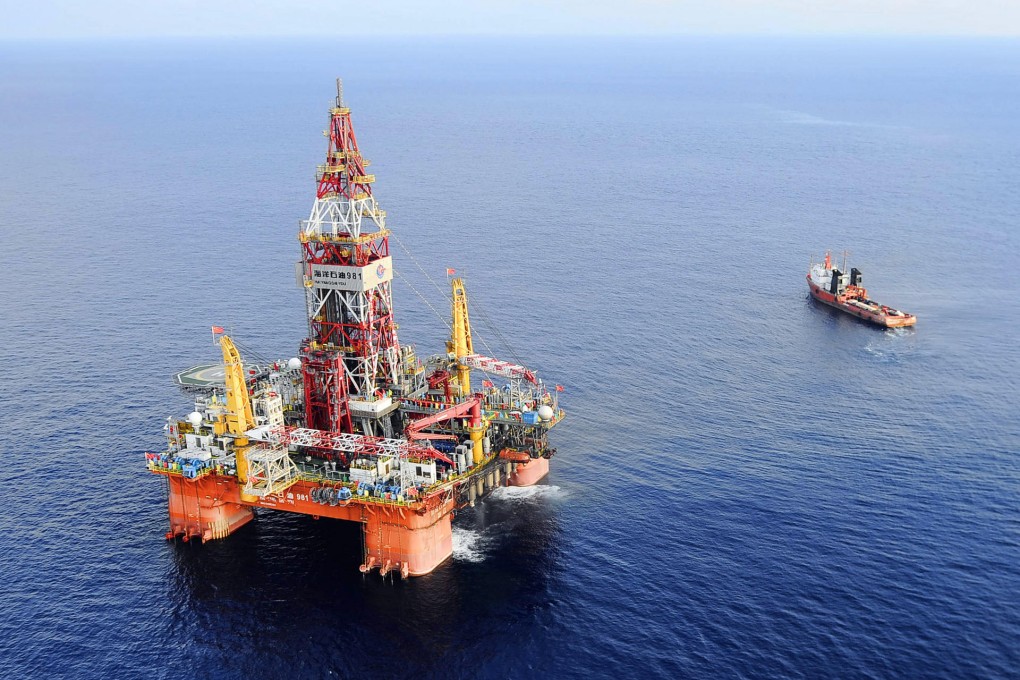China oil giants change focus after spending spree
After a spending spree in the past five years, mainland firms are focusing on increasing returns

State-backed mainland oil and gas titans have spent more than US$100 billion in the past five years buying overseas assets in the name of national energy security and acquiring expertise. But a slowdown is expected this year after some disappointing deals, prompting a call for a shift in focus from quantity to quality.
"Overseas acquisitions are definitely slowing down," BNP Paribas head of Asia energy research Por Yong Liang said. "It is a function of two things - foreign assets, on the whole, have not produced attractive returns - and company specific reasons, such as CNOOC digesting Nexen and stretched balance sheets of PetroChina and Sinopec."
In the first four months of this year, just US$2 billion worth of deals were recorded.
According to Thomson Reuters, total annual spending by mainland oil majors on overseas assets ranged from US$15.6 billion to US$23.4 billion in the past five years. The exception was in 2012, when the US$15 billion purchase of Canada's Nexen boosted the total to US$33 billion.
Dominant offshore oil and gas producer CNOOC paid a 61 per cent premium to take full control of Nexen, and this was largely to blame for its disappointing profit last year as it took on a disproportionally large amount of increases in exploration and depreciation costs on its books.